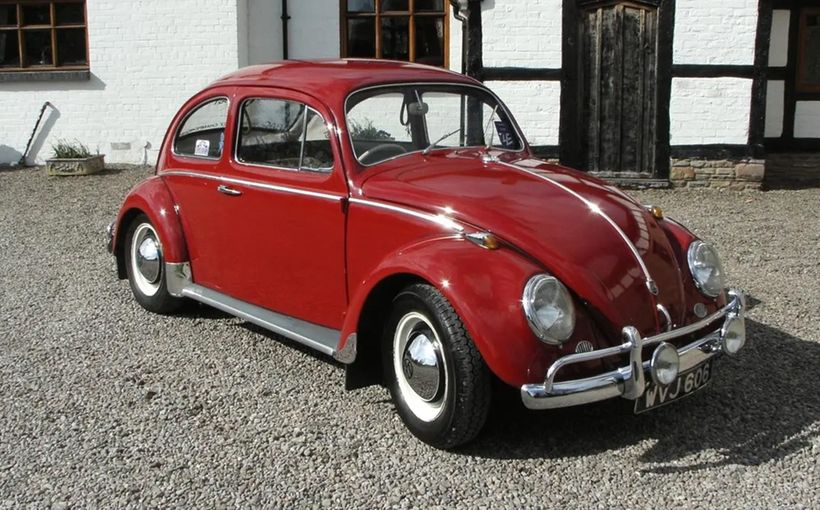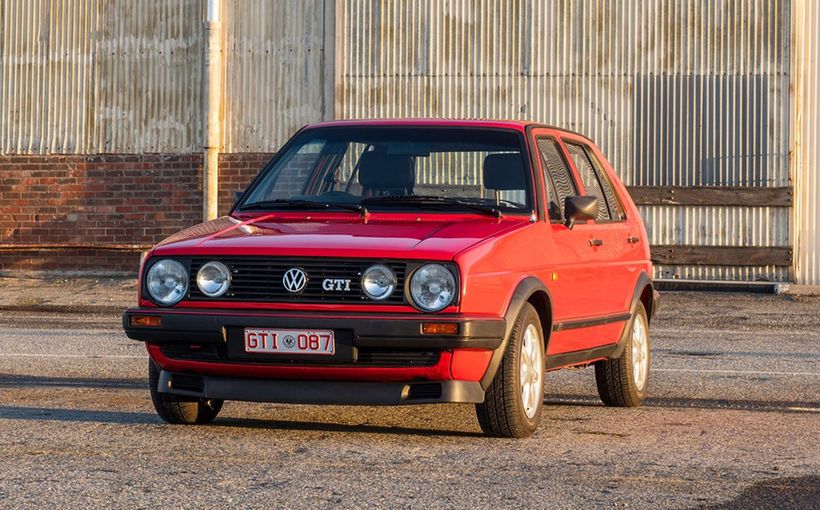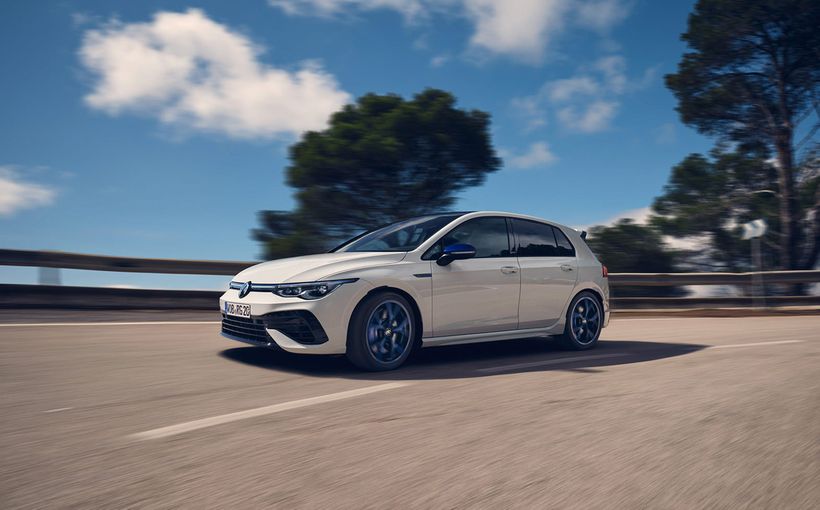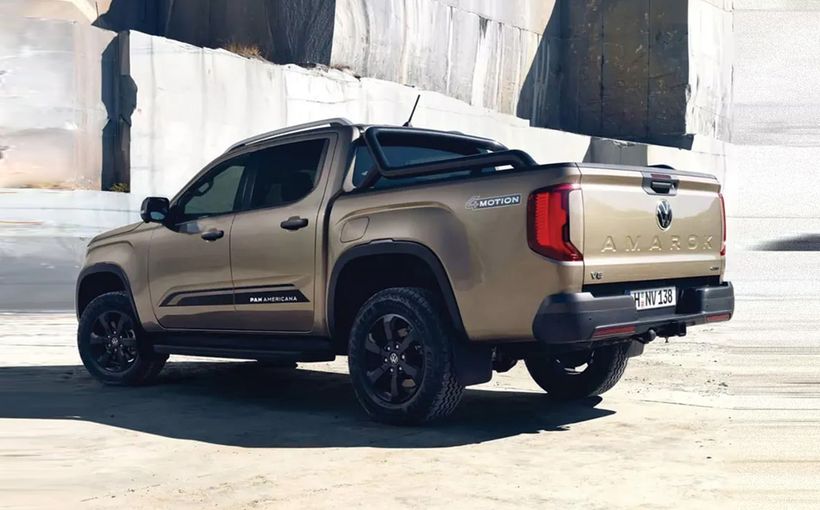Kapil’s 1976 VW Golf: Wolfsburg wedge with a sharper edge

Shannons Club member Kapil Solanki admits he did not have a VW Golf in mind for his first ground-up restoration project, until he came across this first-gen model and instantly saw its potential. The result of his efforts is a personalised, jewel-like example of Volkswagen’s iconic three-door hatch, which enthusiasts claim are as rare as oval-window Beetles these days.
“Many of the early model (Mk1) Golfs have been chopped-up and abused, so to own one in this condition is very special to me,” he says. “I particularly love its shape. It always puts a smile on my face whenever I look at it.”
It makes us smile too, given that its iconic hard-edged ‘wedge’ aesthetic immortalises the work of legendary stylist Giorgetto Giugiaro. The Italian artisan created a boldly angular shape that was so fresh and modern in 1974 it made the curvaceous Beetle it replaced look archaic.

Image: sharpimagery.com.au
The Golf’s 0.42 drag co-efficient was also excellent aero efficiency for a 1970s passenger car, which was in keeping with the flowing theme of its model name derived from Golfstrom, being the German word for Gulf Stream.
It also heralded a seismic shift in VW engineering, from the venerable Beetle’s air-cooled-rear-engine-rear-wheel-drive with pre-war origins to modern water-cooled-front-engine-front-wheel-drive orthodoxy.
The Golf, which turns 50 this year, proved an instant hit with VW’s Wolfsburg assembly plant in Germany running hot to meet surging global demand. By 1976 production had already reached one million units, the same year Kapil’s example was built.

Image: sharpimagery.com.au
The Golf set new benchmarks by which other hatchbacks have been judged. It’s also the most successful German car of all time and one of automotive history’s most popular models, with sales of more than 37 million topped only by Ford’s F-Series pick-up (43 million) and Toyota’s Corolla (50 million).
Brisbane-based Kapil has a long-held passion for European marques, particularly those of German origin, influenced by numerous Mercedes-Benz models owned by his father during Kapil’s childhood in his native Zimbabwe before the family emigrated to Australia.
Although Kapil now works in automotive after-sales management, he's a qualified BMW master technician. So, given his appreciation of German cars combined with his mechanical expertise, it’s not surprising he was drawn to Volkswagen’s icon as a restoration project in which he did all the work himself apart from the panels and paint.

Image: Kapil Solanki
One of many things we like about this car, which has won numerous awards at VW shows, is that Kapil’s modifications have been confined to bolt-on components that enhance performance and appearance without compromising its originality.
He came across his 1976 Mk1 LS back in 2011. The seller was only its second owner and with a mere 72,000km on the odometer it was clear that although the little three-door hatch had been well looked after, it needed some TLC after 35 years of service.
After stripping the bodyshell back to bare metal, Kapil was delighted to discover it was remarkably free of corrosion. However, many of its panels were scarred by the usual small scratches and dents collected during decades of road use and shopping centre parking.

Image: sharpimagery.com.au
So, he commissioned Brisbane’s Motorline Bodyshop to perfect every panel. The bodywork was kept stock, apart from the battery being relocated to the boot and a pair of hydraulic bonnet struts replacing the original metal stay to provide a neater appearance when the bonnet is raised.
The underside of the bodyshell was weather-sealed before Motorline applied a sparkling new skin of BMW Sepang Bronze, which is reminiscent of a VW paint colour of the same era. The external brightwork was perfected to match.
Its 1.6-litre eight-valve transverse four was given a freshen-up to factory specs, with Kapil replacing the single Solex carburettor with two 40mm twin-choke Webers. This induction upgrade was matched by stainless-steel extractors and exhaust system.

Image: sharpimagery.com.au
The original four-speed manual gearbox was also refurbished and the front brakes upgraded using Brembo ventilated discs and Mk1 GTI calipers, with the standard rear drums retained.
To create its road-hugging stance, the uprated suspension was lowered 40mm. This not only improved the handling, but also ensured Kapil’s inspired choice of classic German BBS 15-inch RS three-piece alloy wheels with contrasting gold centres and 175/55R15 tyres perfectly filled the wheel arches.
The finishing touch for this hunkered-down look is the large front spoiler also sourced from the hot GTI model, which was a practical choice as it still provides sufficient clearance for road use.

Image: Kapil Solanki
Kapil did an outstanding job in rejuvenating the interior. According to VW enthusiasts, this task can represent a formidable challenge for Golf restorers given the high use of plastics in its interior design which are prone to UV damage, particularly in Australia.
Fortunately, after some thorough cleaning and surface treatment, Kapil was able to reinstall nearly all the original trim, including the dash which was unusually free of cracks. Only the headlining needed renewal.
Kapil took another dip into the GTI parts bin by fitting a ‘Wolfsburg Edition’ sports steering wheel. However, everything else in this cabin is just as it rolled off the production line in 1976, with manual wind-up windows, no air-conditioning - not even a radio! And it’s that ‘analogue’ driving experience that brings so much joy to its owner.

Image: Kapil Solanki
“It’s not the fastest thing on the road but it’s the smell of fuel, the induction roar from the twin Webers, the old-school mechanical feel that I really like about it. It’s got its own unique character.
“It’s also nice when you drive down the road and other drivers wave and honk their horns, or when you stop, people want to take photos of it and talk about it.
“They often say ‘I know someone who had one of these’ or ‘I grew up with one of these’ and that’s why this car brings even more joy to me, because it brings back so many good memories for people.”
No doubt the nostalgic appeal of the original Golf will continue to grow, as it laid the foundation for what has become not only Volkswagen’s all-time highest-selling model but also one of automotive history’s most popular and influential cars.
And, half a century after its creation, Giugiaro’s sharp-edged styling stills looks as fresh as the day it was signed-off for production, ensuring the original Golf’s status as one of the best-looking passenger cars ever. Kapil’s personal touch makes this one look - and perform - even better.
View Kapil's Shannons Club Garage and Connect with kapilsolanki88








